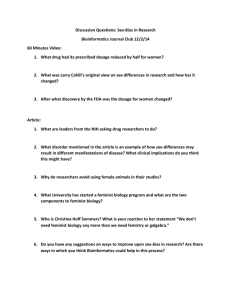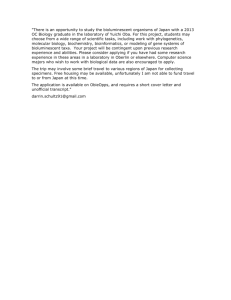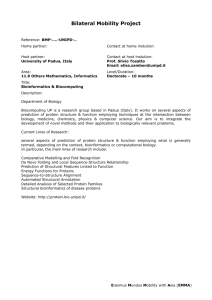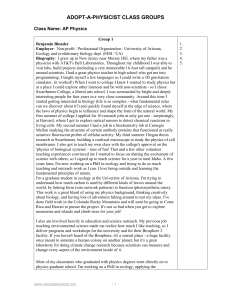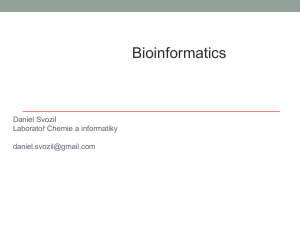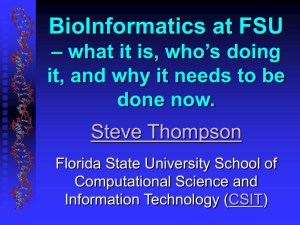Structural Bioinformatics
advertisement
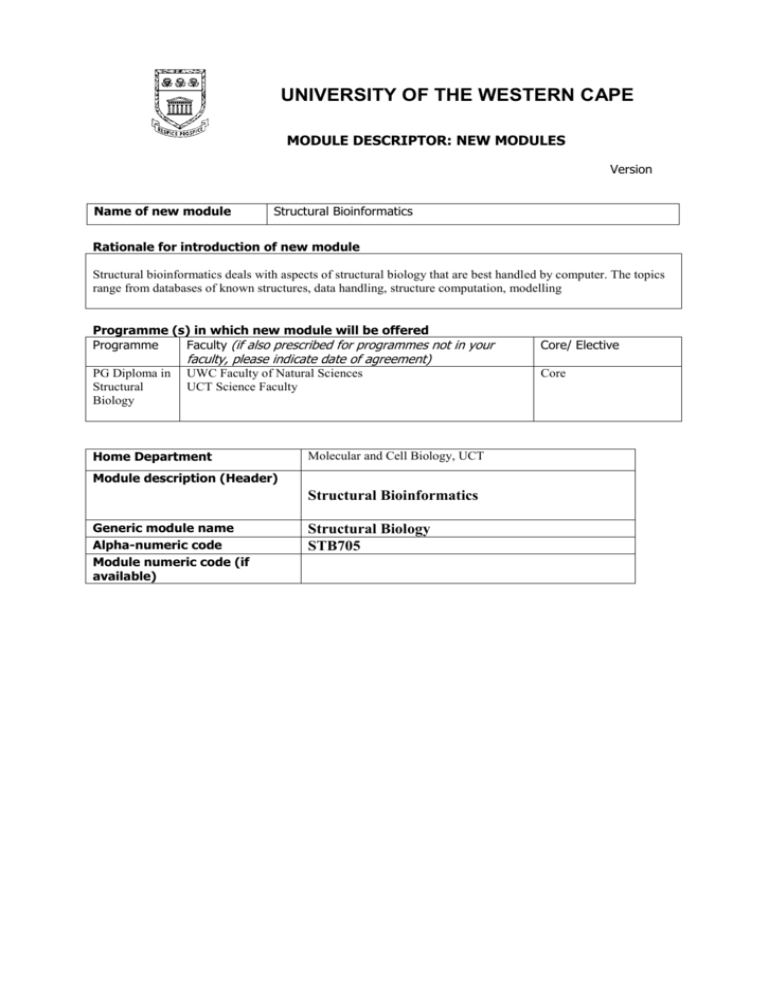
UNIVERSITY OF THE WESTERN CAPE MODULE DESCRIPTOR: NEW MODULES Version Name of new module Structural Bioinformatics Rationale for introduction of new module Structural bioinformatics deals with aspects of structural biology that are best handled by computer. The topics range from databases of known structures, data handling, structure computation, modelling Programme (s) in which new module will be offered Programme Faculty (if also prescribed for programmes not in your faculty, please indicate date of agreement) PG Diploma in Structural Biology UWC Faculty of Natural Sciences UCT Science Faculty Home Department Molecular and Cell Biology, UCT Module description (Header) Structural Bioinformatics Generic module name Alpha-numeric code Module numeric code (if available) Structural Biology STB705 Core/ Elective Core Credit Value Duration Module Type Level Main Outcomes 10 3 weeks P 8 The ability to: * obtain structural insights from biomolecular databases * predict protein secondary structure * predict the three dimensional structure of proteins which have homologue whose structure is known. * display proteins and other biomolecules * display and interpret experimental structural data * dock protein models into experimentally determined maps Main Content Introduction The observed structure of proteins - amino acids, alpha helices, beta sheets, beta bends The forces that shape proteins - vdW, charge interactions, hydrogen bonds (modelled as charge interactions), the hydrophobic effect Force field modelling The concept of energy and potential functions - what the physically real ones look like and empirical fudges. The limitations of our models and how we believe we could improve things by going to QM Energy minimization, MD and Monte-Carlo. Normal Modes. Emipirical prediction Chou-Fasman Psipred PSST's Secondary structure databases, protein classification Structural alignment Fugue GenThreader Fusion Ideas Modeller The ideas of David Baker Bringing in Experimental Data The nature of data from NMR,EM and Xray crystallography Maps and resolution Combining modelling with experimental data Docking Refinement - Refmac, CNS, real-space refinemnt Matching constraints in NMR Impact on proteomics - protein protein docking Impact on drug discovery - databases of small molecules active site docking - cavity fitting - in silico screening Computational Strategies Representations and interactive tools PyMol Chimera O VMD Pre-requisites Co-requisites Prohibited Combinations Breakdown of Learning Time None None Hours (example) Contact with lecturer / tutor: Assignments & tasks: Tests & examinations: Practicals: Selfstudy Other: Please specify Total Learning Time 55 15 0 20 10 0 100 Methods of Student Assessment Students will be required to submit a practical write up and complete a assignment. Assignments – 100%

